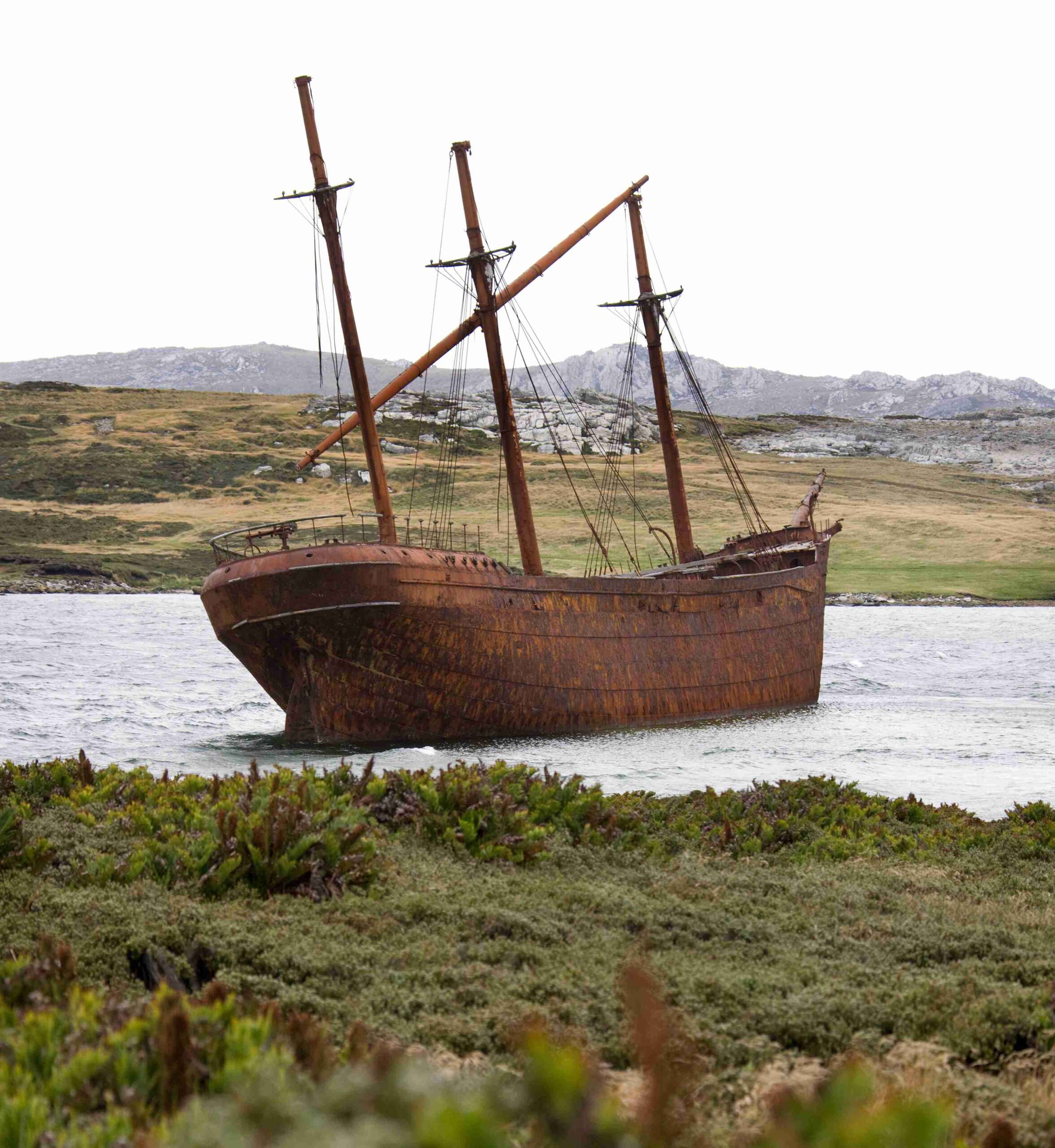The Falkland Islands hold a fascinating history marked by exploration, settlement, and territorial disputes. From the establishment of Fort St. Louis by the French to the British creation of Port Egmont, these islands have been at the center of geopolitical intrigue and cultural development.

The French Arrival and Fort St. Louis
In 1764, Antoine Louis de Bougainville, a French nobleman, established the first settlement in the Falklands. Naming the islands “Isles Malouines” after St. Malo, Bougainville envisioned a haven for Acadian exiles displaced from Canada. With support from the French government, he led expeditions to Berkeley Sound, laying the foundation for Fort St. Louis.
Bougainville’s efforts included building fortifications and housing for settlers. Over time, the settlement grew with additional expeditions bringing more people and supplies. However, political pressures soon emerged, leading to the French surrendering the colony to Spain in 1767. The Spanish renamed the settlement Port Soledad and began their administration.
Key Features of Fort St. Louis:
- Initially built with earthen and peat sod walls for defense.
- Housed settlers who aimed to establish a self-sustaining colony.
- Became a focal point of Spanish administration after the French departure.
The French departure marked the beginning of Spanish governance, but it didn’t end international interest in the Falklands.
The British Establish Port Egmont
While the French and Spanish managed Fort St. Louis, the British were simultaneously exploring the Falklands. In 1765, Commodore John Byron of the British Navy formally claimed the islands for Britain, establishing Port Egmont on Saunders Island. This settlement served as a strategic naval base and a hub for British expeditions.
Captain John McBride later expanded the settlement, constructing houses and fortifications and naming the islands “The Falkland Islands.” Despite interactions with the Spanish and French settlers, tensions rose, leading to disputes over sovereignty.
Notable Aspects:
- Developed as a naval supply station, aiding ships navigating Cape Horn.
- Equipped with gardens for cultivating vegetables, essential for long voyages.
- Served as a base for British exploration and territorial claims.
These settlements laid the groundwork for a contentious history involving Britain, Spain, and later Argentina.
Territorial Disputes and Withdrawals
By the late 18th century, the Falklands became a point of contention between Britain and Spain. In 1770, Spanish forces expelled the British from Port Egmont, but Britain regained control in 1771 after diplomatic negotiations.
However, in 1774, Britain withdrew from Port Egmont for economic reasons, leaving behind a plaque asserting sovereignty. Spain continued its presence at Port Soledad, operating it as a military and convict settlement. By 1811, Spain also abandoned the islands, citing logistical challenges.
Timeline of Disputes:
- 1766: France ceded Fort St. Louis to Spain.
- 1769-1770: British and Spanish survey conflicts escalated into confrontations.
- 1771: Britain regained Port Egmont through diplomacy.
- 1774: British forces left the islands, maintaining a symbolic claim.
- 1811: Spain withdrew, leaving the islands to sealers and whalers.
This tumultuous period set the stage for Argentina’s later claim over the Falklands.
The Emergence of the Argentine Claim
After gaining independence from Spain in 1816, Argentina claimed sovereignty over the Falkland Islands, citing Spanish succession rights. In 1820, Argentina formally asserted control, employing American captain Daniel Jewitt to raise the Argentine flag at Port Soledad.
Despite Argentina’s claim, sealing and whaling operations dominated the islands, with various nations using the Falklands as a base. This marked the beginning of Argentina’s long-standing claim, which continues to this day.
